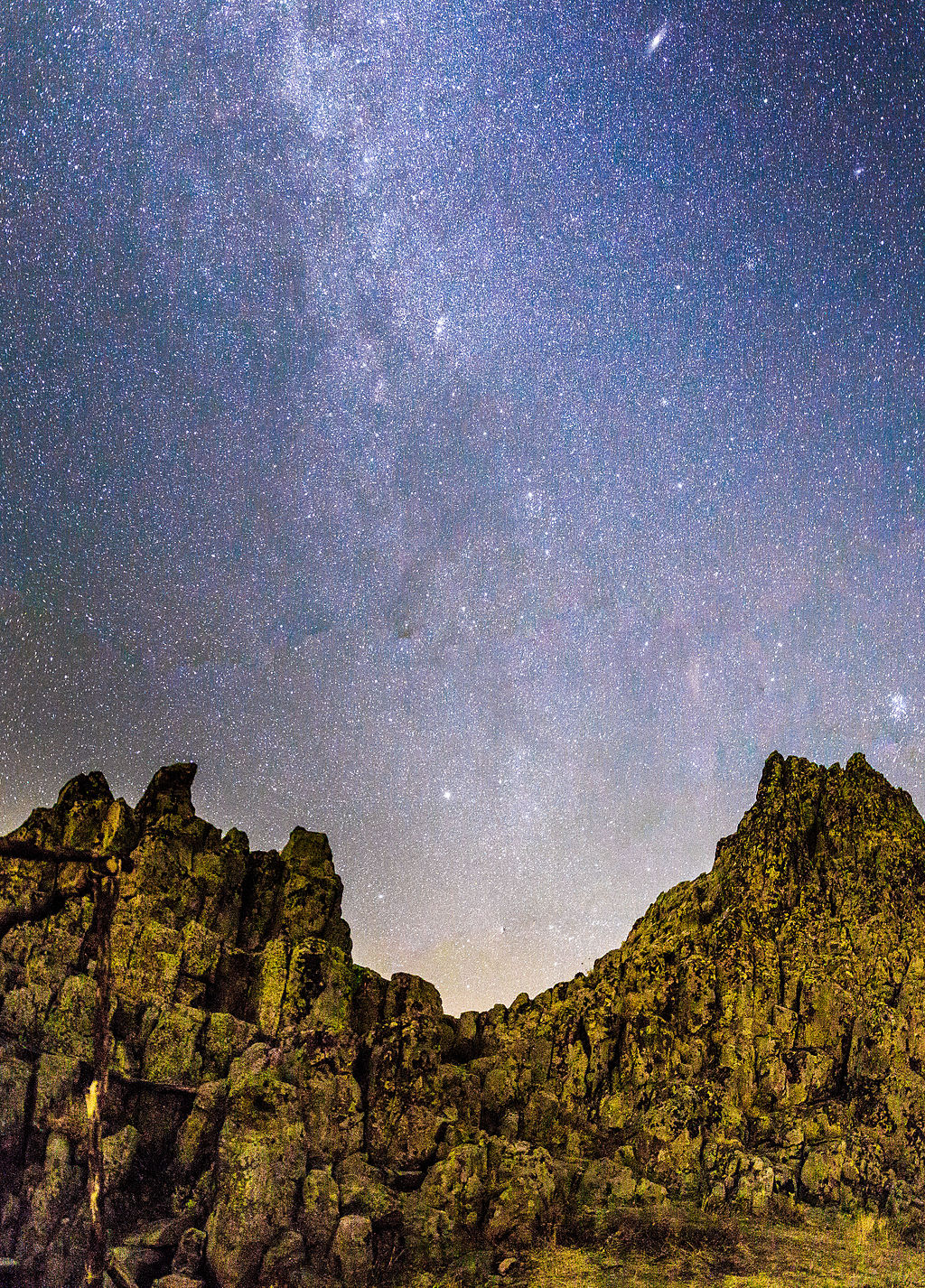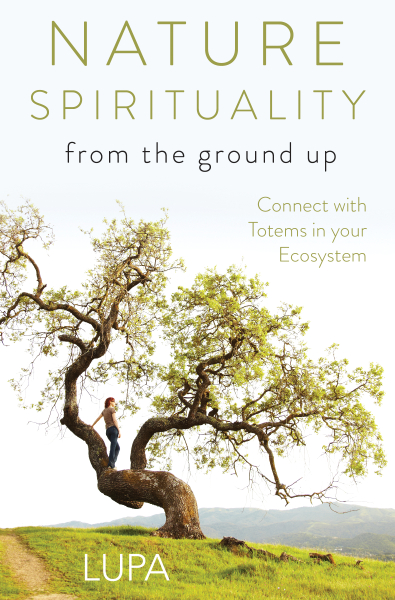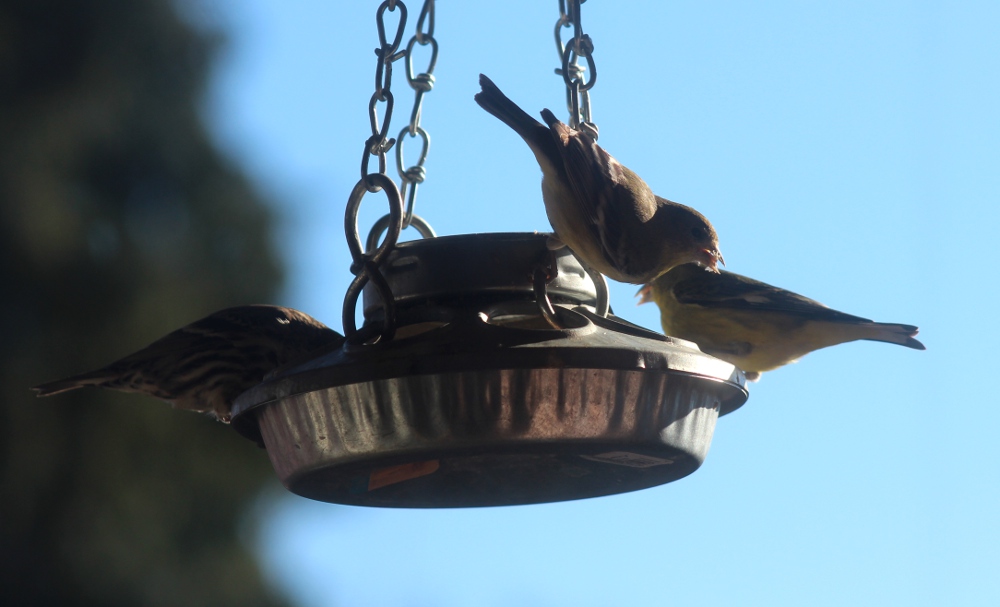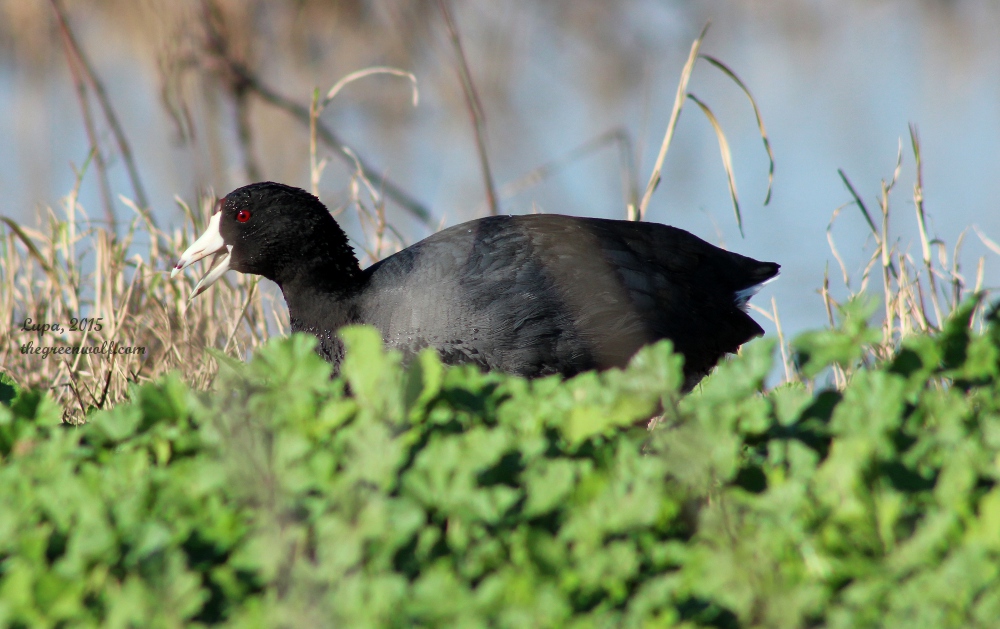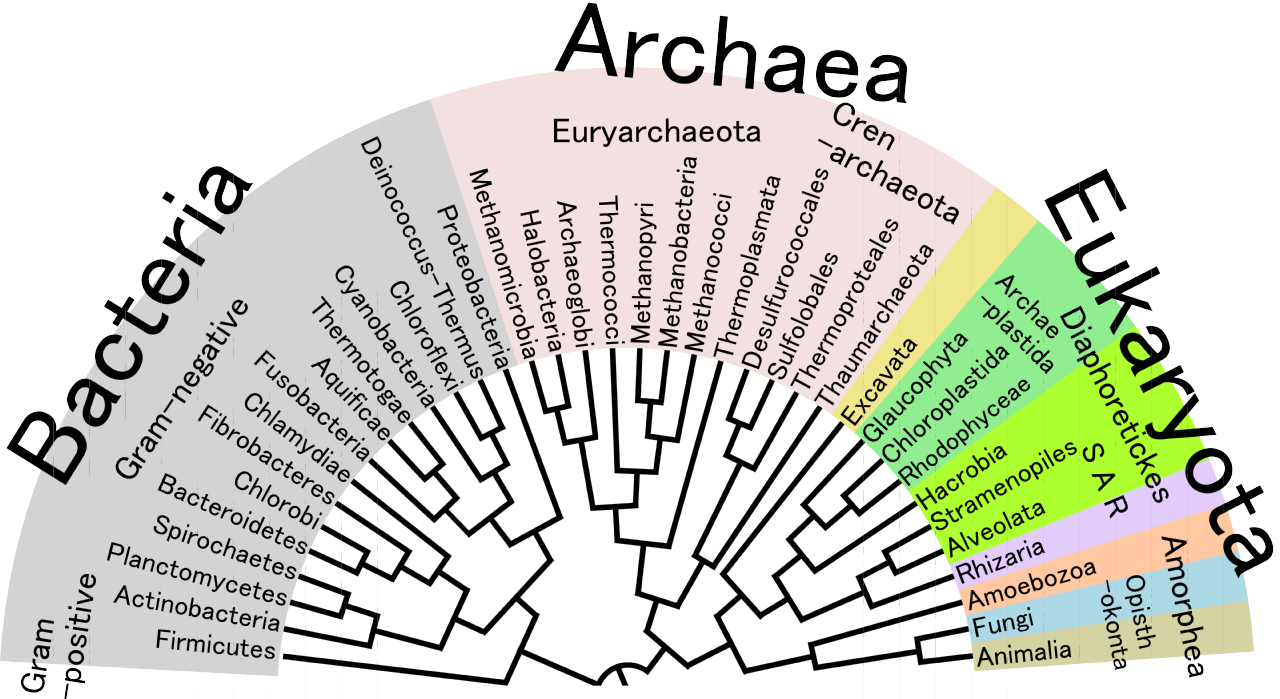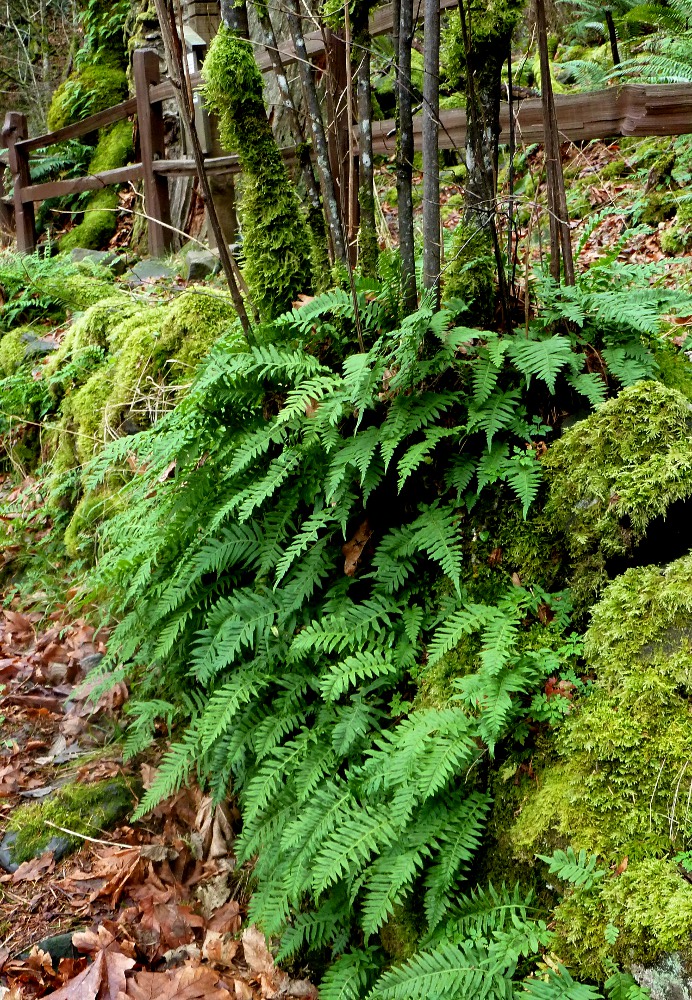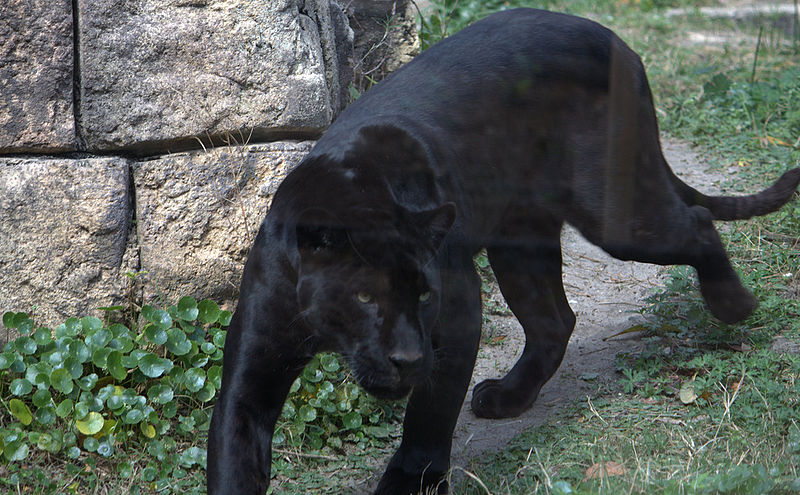In my last post, I mentioned that many totem animal dictionaries tend to categorize totems according to general groups of animals, not individual species. A good example is “Deer”; most of them probably mean “Whitetail Deer”, but there are plenty of other deer species as well with their respective totems. How, for example, might the totem Fallow Deer be different from Whitetail Deer? Or Indian Muntjac? Or Moose (the biggest deer of all!)? These are very rarely, if ever, explored in dictionary-style totem books and websites.
It’s even worse the further you get away from the Big, Impressive North American Birds and Mammals. Last time I talked about how the totems of the thousands of species of spider are often shoved into one “Spider” entry in your standard totem dictionary. Never mind that the life of an orb-weaver like the golden garden spider is very different from that of a ground-hunting Carolina wolf spider, and their totems are quite different from each other as well. The Spider entry extols the virtues of a generic orb-weaving critter, and doesn’t invite a person to get to know the personalities and teachings of individual species’ totems.
About the only time most writers on totemism try to differentiate species is either when the totem is of some singular animal that is the only species in its genus, such as the cheetah, or when they wrongly assume an animal is a distinct species. If there were multiple species of cheetah alive today, no doubt totemic writers would shove all of them into one “Cheetah” category. However, they’d probably still insist on treating melanistic leopard and jaguars (or “black panthers”) as distinct from their spotted counterparts. In truth, the only thing that makes black panthers different from spotted leopards and jaguars is the amount of melanin in their fur; it’s a matter of a genetic mutation, nothing more. The totem Jaguar still watches over all jaguars, whether spotted, solid, leucistic or albino, and the same goes for Leopard and her children. Yet it’s our misinformed bias that makes us think that black leopards and jaguars are somehow more mysterious than the rest–we get stuck on the cover of the book, as it were, rather than diving into the pages themselves. If you think your totem is Black Panther, then figure out whether you’re actually talking with Leopard or Jaguar (or even an extinct species of panther), and go from there.
Why is it so important that we pay attention to species when working with totems, even the totems of similar animals?
–Even the totems of similar species may have very different things to tell you
When I was growing up in the Midwest, I was surrounded by blue jays, rather loud and raucous corvids that are well-nigh ubiquitous east of the Rockies. And while Blue Jay was never one of my main totems, I did have occasion to work with him now and then. He struck me as brash, rude, and sometimes intentionally obnoxious, though still likable. Fast forward to seven and a half years ago when I moved to Portland, and within the first month Steller’s Jay, Blue Jay’s cousin, had enticed me out into the wilderness areas around the city. Steller’s Jay, while also a rather extroverted and loquacious totem, was much friendlier and mellow in personality. Had I just lumped them both into the general category of “Jay”, I might have come up with a totem that was loud and bold, but missed out on the individual traits of Blue Jay and Steller’s Jay.
And that’s one of the primary dangers of shoving several totems into one category–you aren’t letting each totem fully express itself. Going back to the not-really-a-totem Black Panther, if you get stuck on the color of melanistic jaguars and leopards and don’t instead look at what makes each species unique, you may as well just make a study of the color black and ignore the animals altogether. If you talked to Jaguar and Leopard as individuals, though, you might find that Jaguar (being a water-loving cat) wants you to focus on being comfortable in multiple settings, not just the ones that are easiest for you, while Leopard (who hates water) may urge you to play to your strengths, as just one example. Or you might find that it’s Jaguar who wants to work with you and keeps showing up in his melanistic form, while Leopard doesn’t have much to offer you.
–It encourages appreciation of biological diversity
Despite our attempts to exterminate massive numbers of species on this planet, Earth is still host to a mind-boggling array of animals, plants, fungi and other living beings. Only a scant few ever make it into totem dictionaries; many have never even been identified by science. By limiting our focus to general categories like “Bear” or “Pine”, we’re losing out on the ability to engage with what makes each species unique and how each contributes to its ecosystem(s).
Let’s look at foxes, for example. There are twenty-four species of fox, yet when most totem dictionaries talk about the totem Fox, they really mean Red Fox in particular. This doesn’t take into account Gray Fox, Swift Fox, and all the other foxes that range across habitats varying from sandy deserts to Arctic tundra, wide forests to tiny islands. I’ve worked with several of the Fox totems, and they’re an incredibly fascinating group. As with Blue Jay and Steller’s Jay, I wouldn’t have been able to appreciate their individual natures if I’d just tried to work with “Fox”.
When we foster a greater appreciation of biological diversity, we often want to protect it. I am constantly amazed every time science discovers a new species, and the many ways in which life manifests are an unending source of joy and wonder for me. But I also know how threatened that diversity is, and so I act to try and protect it as best as I can. When we know exactly what we have to lose, we’re more motivated to keep it safe.
–It can help you connect more deeply to your local bioregion
This doesn’t just go for the diversity of species, either. Species exist in habitats and ecosystems, and living beings interact with landforms, climate and other natural features and forces in interrelated systems. A bioregion is a portion of land that has more or less the same sorts of living beings, geology, weather pattern and other features; it’s often defined by the watershed of the largest river in the area.
Now, it’s okay if you have a totem whose children are native to someplace you’ve never been. But when you work with totems native to your bioregion, there’s more potential both for learning from them and gaining a deeper connection to the land you live on. When I was growing up in Missouri, I was very close to the land; while I didn’t recognize totems per se, their influence was there nonetheless. I moved away after college, and it wasn’t until I moved to Portland that I developed a similarly strong connection to the land. This was facilitated in large part by the totems I worked with, first Steller’s Jay and Scrub Jay, and then an increasingly diverse host including Douglas Fir, Poison Oak, Black Morel, and many others. My totemism ceased to be solely about what sorts of changes I could make in my life and shifted into a more mutually beneficial set of relationships. These days I am an active environmentalist and advocate for nonhuman nature in the Northwest and elsewhere; I also work to reconnect my fellow humans with the rest of nature for the benefit of all involved, and a lot of that is due to my totemic work.
–It’s good practice to get better at totemism
When you rely on a totem dictionary to give you the answers, you’re taking the easy way out. All you have to do is look up the animal, plant or other totem in question, read whatever the author determined was important, and voila–instant gratification! Unfortunately, this really doesn’t prepare you for what happens when you run across a totem that isn’t in any book, or when a known totem starts talking to you about lessons and concepts that aren’t in any of the stereotyped meanings offered by the plethora of dictionaries out there. I’ve lost track of how many times I’ve seen someone ask on a totem-related forum or group “I can’t find anything about Elephant Shrew/Miner’s Lettuce/Black Mold as a totem! Can anyone tell me what it means?” We expect to be spoon-fed enlightenment, and we cheat ourselves dearly in the process.
Working with the totems of individual species helps you break out of that 101 rut. For one thing, you have to be aware that there are several species, not just “Swan” or “Maple”. And you have to research which one you’re talking to. But then you can’t be sure if whatever dictionary entry you happen to find applies to the species-specific totem in question; the information on Crow may apply mostly to the American Crow, but what if your totem is Jungle Crow? You can’t just fall back on a generic “Crow” entry then, not without risking missing a lot of what Jungle Crow has to say. You have to do the work yourself.
And you’ll be better off for it, too. It requires you to be better at communicating directly with the totems, and not just the ones that come easily to you. You’ll figure out how to tell whether a totem is happy or upset to see you (even if it doesn’t say a word to you), or whether it’s even interested in you at all. Over time you’ll develop more ways to work with the totems, from formal rituals to daily practices, and you’ll get better at noticing when a new totem is trying to get your attention (and when it’s just wishful thinking and confirmation bias on your part.) Best of all, you won’t have to go through the process of asking some stranger on the internet “Hey, what does this totem mean?” because you’ll know how to find out for yourself–and that’s empowering.
–What about hybrids and subspecies?
There are plenty of animals that can hybridize with each other, and often do in nature. Blue jays and Steller’s jays largely keep to their own territories, but in a few places where the ranges meet they’ve been known to crossbreed. Horses and donkeys can produce both mules and hinnies (depending on who was the father and who was the mother.) And red wolves may be a long-established hybrid of the gray wolf and the coyote, while the brush wolf is a more recently recognized cross of the two species. Even within a recognized species there may be several subspecies; the Arctic wolf, dingo and domestic dog are all considered subspecies of the gray wolf.
So how do we deal with species-specific totems in these cases? Longevity has a lot to do with it. The red wolf has been a distinct enough being, genetically and phenotypically, that it’s considered its own species, and it has its own totem. While there have been wolf-coyote hybrids since the advent of the red wolf, these have largely been watched over by Gray Wolf and Coyote, and in my experience Brush Wolf has not yet materialized as a unique totem.
Subspecies are generally close enough to each other to not require their own totem; Gray Wolf does watch over eastern timber wolves and Arctic wolves alike. However, sometimes a subspecies takes on enough of a life of its own that a unique totem emerges from its energy; Dingo and Domestic Dog are both examples of cases where wolves were so significantly changed by their relationships with humans and their environment that they diverged widely from “wolf-ness”. The totems Gray Wolf, Dingo and Dog are all very close to this day, and will often work together in rituals and other activities.
Keep in mind, of course, that this is all based on my own experiences, and your mileage may vary. At any rate, I hope I’ve impressed upon you the importance of working with the totem of a species, not a generic group. In my next post I’ll be talking about why totemism isn’t just about animals, why you may wish to work with plant, fungus and other non-animal totems, and the importance of the totemic ecosystem.
A master list of Totemism 201 posts may be found here.
Did you enjoy this post? Please consider purchasing one or more of my books on totemism and related topics! They include more in-depth information on working with totems, to include topics not discussed in this essay series.
Like this:
Like Loading...
 What I understand now is that every living thing is my relative. Every piece of substance on this earth shares something in common with me, be it life, or elements, or merely the fact we are composed of atoms. There is nothing on this planet, nothing in this universe, that is truly alien to me. I am a part of a larger community; I always have been. Every being that has come before is my ancestor. I watched a video of David Attenborough examining the forelimb of a fossil of Tiktaalik, one of the first amphibians to walk on land. He pointed out how, like humans, this 375 million year old creature had a humerus, a radius and ulna, and a constellation of wrist bones. Even if Tiktaalik isn’t a direct ancestor by genes, it is of my family nonetheless.
What I understand now is that every living thing is my relative. Every piece of substance on this earth shares something in common with me, be it life, or elements, or merely the fact we are composed of atoms. There is nothing on this planet, nothing in this universe, that is truly alien to me. I am a part of a larger community; I always have been. Every being that has come before is my ancestor. I watched a video of David Attenborough examining the forelimb of a fossil of Tiktaalik, one of the first amphibians to walk on land. He pointed out how, like humans, this 375 million year old creature had a humerus, a radius and ulna, and a constellation of wrist bones. Even if Tiktaalik isn’t a direct ancestor by genes, it is of my family nonetheless. 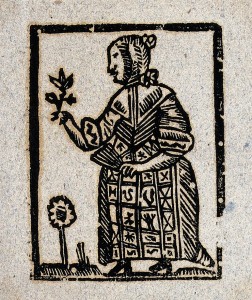 Science is not the enemy just because it says there is no clear evidence of planet-as-organism. Science is a lens onto the mind-staggering intricacy we have found ourselves in the moment we are born into this world. If it does not indulge in speculation beyond ideas to be tested, that doesn’t make it lacking in imagination or wonder. Those who say there is no magic here because life isn’t like a fantasy novel haven’t been paying attention to the unfolding story of the world that the sciences are uncovering. Read enough books, watch enough documentaries, walk out into the world enough times and observe with curiosity, and you too will likely see things that are magical without being supernatural.
Science is not the enemy just because it says there is no clear evidence of planet-as-organism. Science is a lens onto the mind-staggering intricacy we have found ourselves in the moment we are born into this world. If it does not indulge in speculation beyond ideas to be tested, that doesn’t make it lacking in imagination or wonder. Those who say there is no magic here because life isn’t like a fantasy novel haven’t been paying attention to the unfolding story of the world that the sciences are uncovering. Read enough books, watch enough documentaries, walk out into the world enough times and observe with curiosity, and you too will likely see things that are magical without being supernatural.
